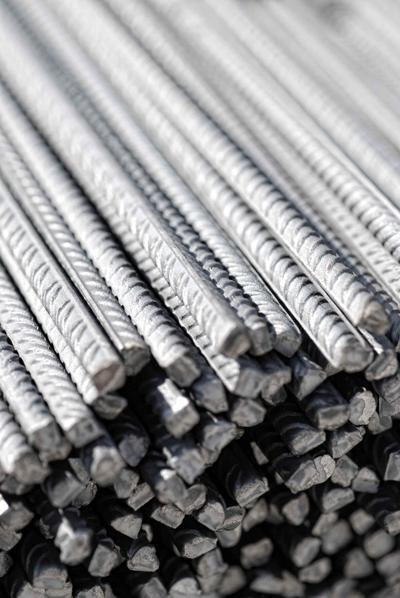While several steel reinforcement suppliers can provide high-quality steel for your construction projects, you still need to understand the corrosion process and how you can protect your steel reinforcement from it. You can head to https://www.reozone.com.au to check out one such popular supplier. Meanwhile, this article will attempt to provide a more comprehensive understanding of the corrosion of steel reinforcement bars.
Basics of Corrosion: How and Why It Occurs?
Corrosion of steel reinforcement is an electrochemical process where small anodes and cathodes are created, allowing a flow of ions between these electrodes. Here are the major reasons for the corrosion of steel:
Cracks in concrete can expose the steel bars to the atmosphere.
Water can reach the reinforcement bars by diffusion.
A loss of alkalinity can occur due to the presence of chloride ions or carbonation.
A lack of concrete cover can also lead to corrosion.
Types of Corrosion Affecting Steel Reinforcement
Based on the nature of material damage, there are several types of corrosion that affect steel reinforcement.
Uniform Corrosion: Uniform corrosion occurs when the corrosion spreads evenly across the surface of a material. This type of corrosion is easily fixed before it can do any damage to the construction material.
Pitting Corrosion: This localised form of corrosion forms a small corrosion cell with the surrounding surface. Once a pit is formed, it grows into a cavity that can take different shapes, compromising the structural integrity of the construction.
Crevice Corrosion: It generally occurs in shielded areas. Since this kind of corrosion is not visible from the outside, it can lead to mechanical failures in the affected region.
Galvanic Corrosion: Galvanic corrosion takes place near the joint or juncture of a metal component. It is important to choose similar metals alongside steel reinforcement to avoid such kinds of corrosion.
Assessing the Risk: Corrosion's Impact on Structural Integrity
Steel corrosion impacts the cross-section effectiveness of structural components. Reduced cross-section hinders the capacity of concrete elements, which leads to cracks and spalling of the cover concrete. Early detection of corrosion can reduce the impact of the surrounding concrete and reverse the damage before the structural integrity of the building is compromised.
Corrosion Prevention Techniques
You can prevent corrosion of steel reinforcement by taking the following measures:
Using FBE coatings: Applying a fusion-bonded epoxy coating (FBEC) on steel bars can prevent them from corrosion. It is a thermoset polymer coating that does not melt when heat is applied.
Using Migratory Corrosion Inhibitors: Consider using migratory corrosion inhibitors in the concrete mix or applying them on the hardened surface of the concrete.
Deploying Cathodic Protection: This technique provides an additional layer of protection. Here, you need to provide a highly active metal that should act as an anode and offer free electrons.
Making Better Design Choices: By adjusting wall thickness and ensuring adequate drainage options, you can reduce the risk of steel reinforcement corrosion.
Materials and Technologies in Corrosion Protection
There are several useful materials and technologies available in the market that can protect your steel reinforcement from corrosion.
Darex Corrosion Inhibitor (DCI) and DCI-S
Rheocrete 222 and Rheocrete 222+
Armatec 2000, Ferrogard 901, MCI 2000
Catexol 1000 CI
Corrosion-resistant alloys such as stainless steel and copper-based alloys
Epoxy-coated reinforcing steel
However, while the application of these methods and materials can reduce the risk of corrosion, you still need to be vigilant. Identify the early signs of corrosion to extend the life of your construction project.




(0) comments
We welcome your comments
Log In
Post a comment as Guest
Keep it Clean. Please avoid obscene, vulgar, lewd, racist or sexually-oriented language.
PLEASE TURN OFF YOUR CAPS LOCK.
Don't Threaten. Threats of harming another person will not be tolerated.
Be Truthful. Don't knowingly lie about anyone or anything.
Be Nice. No racism, sexism or any sort of -ism that is degrading to another person.
Be Proactive. Use the 'Report' link on each comment to let us know of abusive posts.
Share with Us. We'd love to hear eyewitness accounts, the history behind an article.